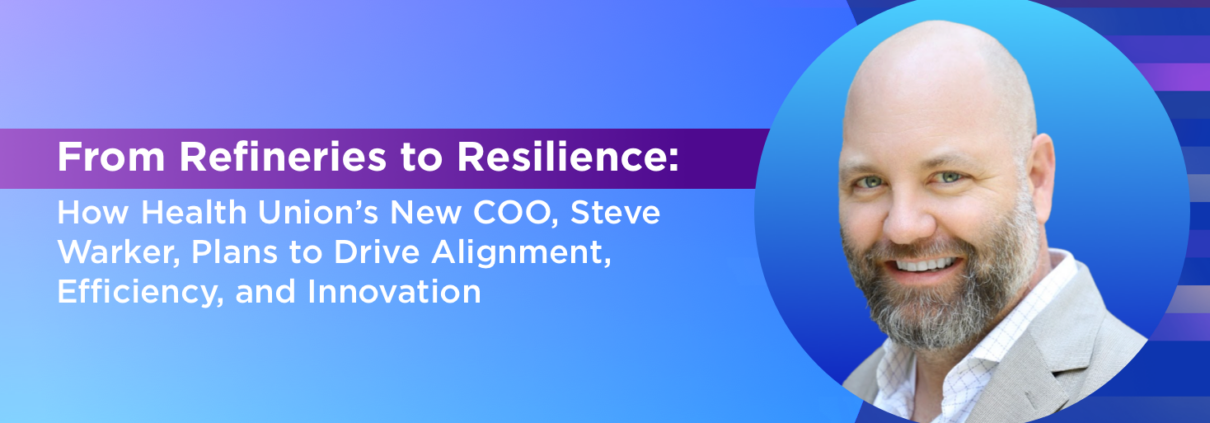How Can HCP Targeting Lead to More Engagement?
No matter how long you’ve been investing in programmatic healthcare advertising, you’ve relied on different performance metrics to determine if it’s working. For example, CPM, reach, and impressions. These metrics will still play a role moving forward; however, you’ll need to generate positive engagement metrics, such as clicks, to maintain a successful HCP ad strategy.
Thankfully, HCP targeting is designed to help you do that, giving you the ability to segment by HCPs, target specific ones, and then deliver ads that match their unique needs and preferences. Here are a few examples of how you could do this:
- Creative & Copy
You can personalize creatives based on what you know about your target HCPs. For example, you could show an ad with an Implantable Cardioverter Defibrillator (ICD) to a cardiologist or a new cancer treatment to an oncologist. The same holds true with how you approach the copy, i.e., you can use language that’ll resonate with different HCPs. - Digital Devices
Different generations of HCPs may use different devices—think millennials versus Baby Boomers. With HCP targeting, you can account for this variability. For example, if you’re targeting millennial dermatologists, you can make a strategic adjustment and allocate more spend to devices, like connected TV (CTV), that this demographic uses. - Digital Channels
Knowing your target audience means that you can focus on channels and sites they’re more likely to be on. For example, we’ve found that cardiologists and radiologists prefer News and Business content by 672% (which allowed us to increase CTRs on one campaign by 55%).
More relevant ads mean more HCP engagement. Don’t believe me? When a medical device company used 1:1 targeting to engage hospital C-suite executives, it saw click-through rates (CTR) 233% higher than industry standards and conversion rates greater than 3,000%.
Applying HCP Targeting to Your Existing Healthcare Advertising Campaigns
There’s no denying that many HCP marketing tactics are complex—especially when they require you to jump through hoops and implement new technology. When this is the case, the learning curve is steep, and you’re prevented from getting revenue-boosting campaigns live.
HCP targeting is easy to implement, which means you can quickly apply it to new and existing campaigns.
Here’s how simple it can be to start using HCP targeting:
- Step #1: Compile or identify a target list of HCPs you want to reach and engage.
- Step #2: Team up with a programmatic partner, such as Health Union, that has reliable, up-to-date, and brand-safe HCP data.
- Step #3: Start your campaign. Relax while the engagements start rolling in.
It’s that simple. Do you want to learn more about HCP targeting or want to get started? Reach out to us today.
____________________________________________________________________________________
Learn more about Health Union’s vision to transform data-driven, healthcare marketing: The HUman Side of Data.
Sources
- Droesch B. US Healthcare and Pharma Digital Ad Spending 2020. eMarketer. Published September 30, 2020. Accessed August 19, 2021.
- Burd T. Facebook Advertising Costs by CPM. Reveal Bot. Published 2021. Accessed August 19, 2021.
- Perrin N. US Consumers Tolerate Ads if They’re Expecting Them or They’re Incentivized. eMarketer. Published September 11, 2019. Accessed August 19, 2021.




